Shading is a crucial element in drawing, as it adds depth, dimension, and realism to the artwork. When mastering shading techniques, artists focus on creating a gradual transition between light and dark areas to convey the play of light on different surfaces. This involves understanding the direction and intensity of light sources within the composition. The use of shading can emphasize form, create highlights,
A Guide to Shading Drawing
Shading forms the foundation of creating depth, dimension, and realism in your drawings. Whether you’re a beginner or a seasoned artist, mastering shading techniques can elevate your artwork to new heights. Here’s a comprehensive guide to help you navigate the world of shading:
Understanding Light and Shadow:
- Light source: Identify the primary and secondary light sources in your scene. This will determine where highlights, midtones, and shadows fall on your subject.
- Value scale: Create a value scale using your chosen medium (pencils, charcoal, etc.) ranging from lightest to darkest tones. This helps control shading transitions and create realistic depth.
- Form definition: Use shading strategically to define the three-dimensional form of your subject. Pay attention to how light interacts with different shapes and surfaces.
Shading Techniques:
- Hatching: Parallel lines create tonal variations. Vary line spacing and thickness for different effects.
- Cross-hatching: Crossing hatched lines create darker tones and textures. Adjust the angle of lines for added dimension.
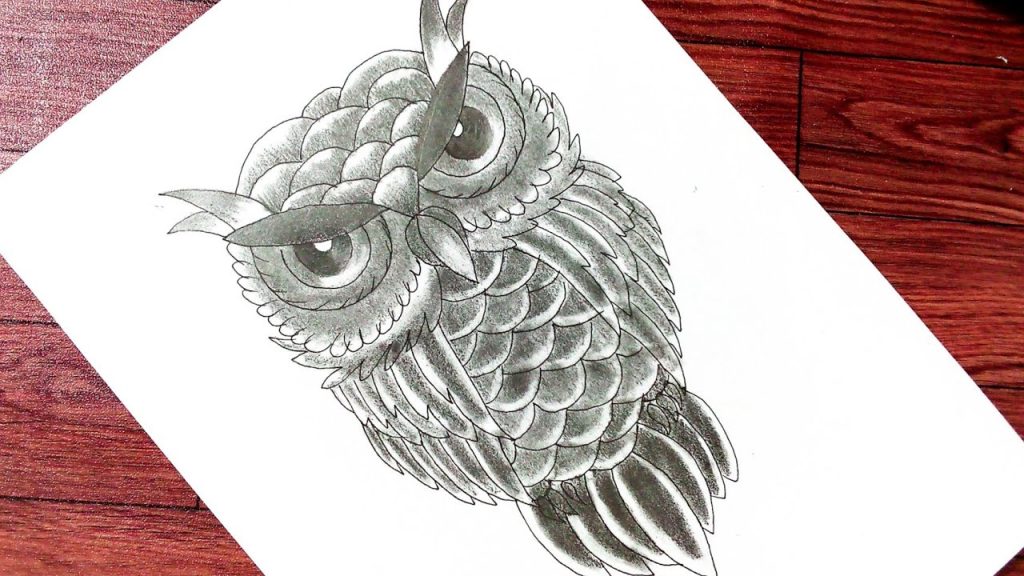
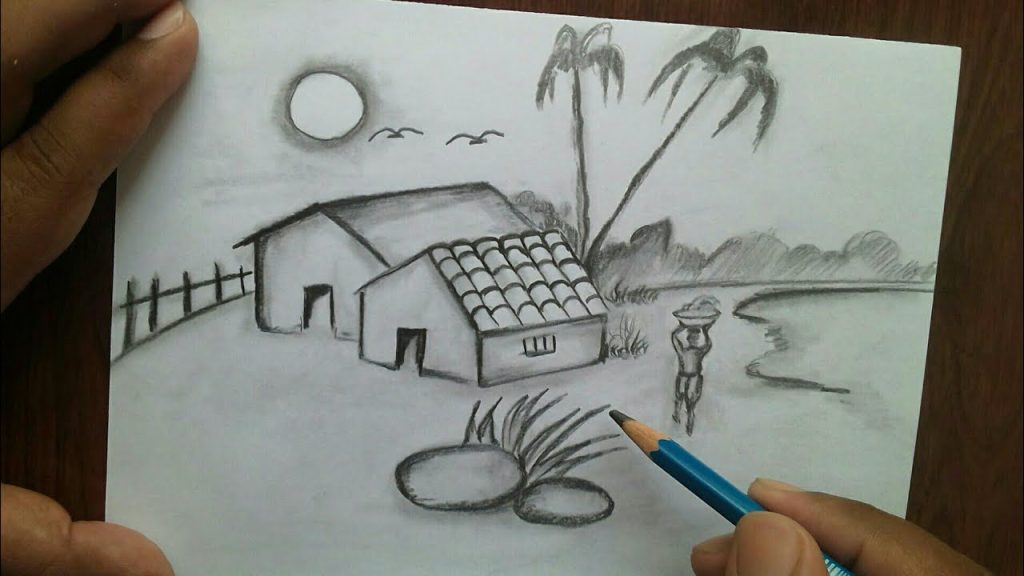
Mastering the Basics of Shading Drawing
Mastering the basics of shading drawing takes dedication and practice, but it’s a rewarding journey that unlocks incredible depth and realism in your art. Here are some key aspects to focus on:
Understanding Light and Form:
- Light source: Identify the primary and secondary light sources in your scene. This determines where highlights, midtones, and shadows fall on your subject. Imagine light rays bouncing off your object and casting shadows in their path.
- Form and value: Analyze the 3D form of your subject and use value (lightness/darkness) to define it. Use a value scale to map out tonal variations from lightest highlights to darkest shadows. Remember, form follows value – where the value changes, the form changes.
- Planes and edges: Break down your object into basic planes (flat surfaces) and observe how light interacts with each plane differently. Edges facing the light source will be lighter, while those facing away will be in shadow. Sharper edges create harsher transitions, while softer edges blend more smoothly.

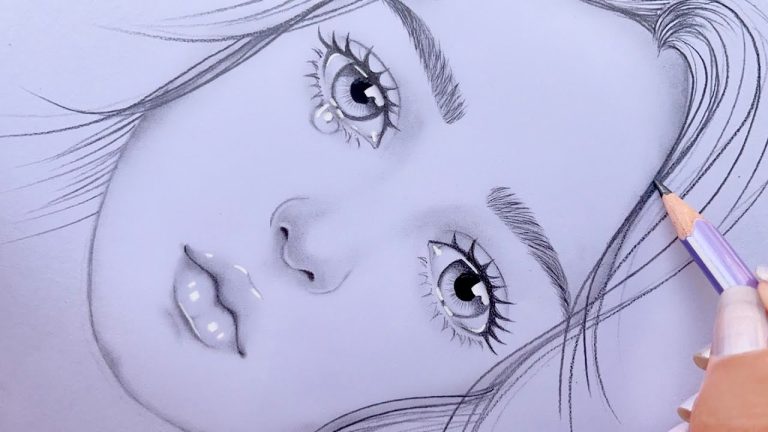
Shading Drawing for Beginners
Start Simple:
- Basic shapes: Practice shading spheres, cubes, and cylinders from different light angles. These simple forms help you grasp how light falls and creates shadows.
- Gradients: Use a pencil (2B or 4B) to create a smooth gradient from light to dark on a flat surface. Experiment with blending using a blending stump or eraser.
- Geometric still life: Arrange simple objects like spheres, cubes, and cones, and practice shading them individually and together. Pay attention to how shadows interact between objects.
Master the Basics:
- Light source: Identify where the light comes from in your drawing. This determines where highlights, midtones, and shadows appear. Imagine light rays bouncing off your subject.
- Value scale: Create a simple value scale with your chosen medium (pencils, charcoal). This helps control shading transitions and avoid overworking.
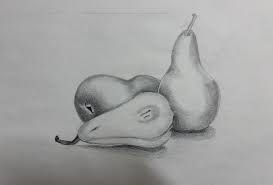

A Step-by-Step Save Shading Drawing
This guide will lead you through creating a drawing of a lone tree thriving in a barren landscape, symbolizing hope and resilience through masterful shading techniques.
Materials:
- Drawing paper (smooth, medium weight)
- Pencil set (HB, 2B, 4B, 6B)
- Sharpener
- Eraser
- Blending stump (optional)
Steps:
- Sketch the landscape:
- Lightly sketch the outline of the landscape using HB pencil. Depict a cracked and barren ground, possibly with scattered debris or remnants of buildings.
- Use light, uneven lines to convey a sense of desolation and neglect.
- Draw the lonely tree:
- In the center, sketch a strong, resilient tree with a thick trunk and sturdy branches reaching towards the sky.
- Use confident yet graceful lines to emphasize its determination.

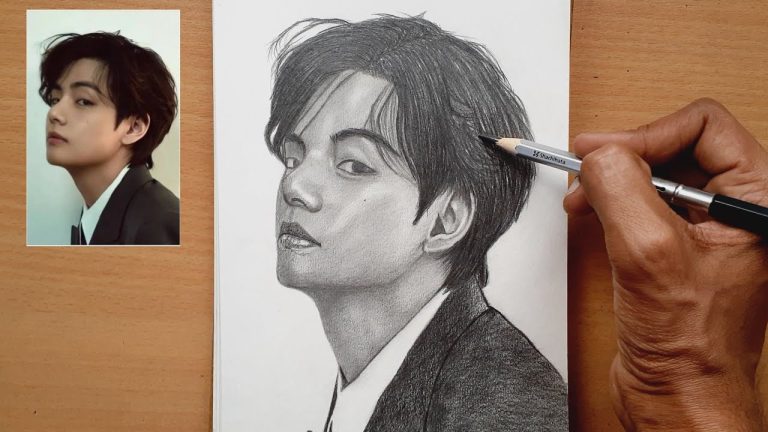
Shading Drawing Techniques
Shading drawing techniques unlock a world of depth, dimension, and realism in your artwork. Whether you’re a beginner or a seasoned artist, exploring different methods can elevate your shading game! Here’s a dive into some popular techniques:
Basic Techniques:
- Hatching: Parallel lines create tonal variations. Vary line density and spacing for different effects. Ideal for depicting basic textures and directional light.
- Cross-hatching: Overlapping hatched lines create darker tones and textures. Experiment with angles for added dimensionality. Useful for shadows, rough surfaces, and fur.
- Stippling: Dots of varying sizes and density build up tones and textures. Ideal for smooth surfaces, soft shading, and creating gradients.
- Blending: Use blending stumps, tortillions, or erasers to soften lines and create smooth transitions between tones. Achieves subtle shading and atmospheric effects.
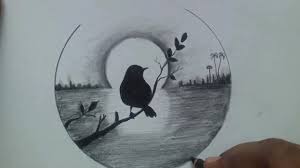
Frequently Asked Questions (FAQs)
Softer pencils (4B-8B) offer smoother blending, but can smudge easily. HB or 2B offer good control for beginners. Experiment to find your preference.
Use minimal blending near edges, focusing on clean lines and controlled pencil strokes. Consider using a kneaded eraser for sharper highlights.
Use a combination of hatching, cross-hatching, and stippling in varying directions and densities. Experiment with scumbling for a more textured effect.
Related posts:
- Car Drawing : The Psychology of Car Shapes in Drawings
- Beautiful Drawings : Creating Beauty with Pen and Brush
- Lord Shiva Drawing : The Spiritual Essence in Shiva Artwork
- Mickey Mouse Drawing : Tips for Drawing Mickey Mouse
- Parrot Drawing
- Pencil Drawing Images : A Beginner’s Guide to Drawing
- Pencil Drawing Pictures : Simple Steps for Drawing
- Pokemon Drawing : Pokemon Drawing for Beginners





















